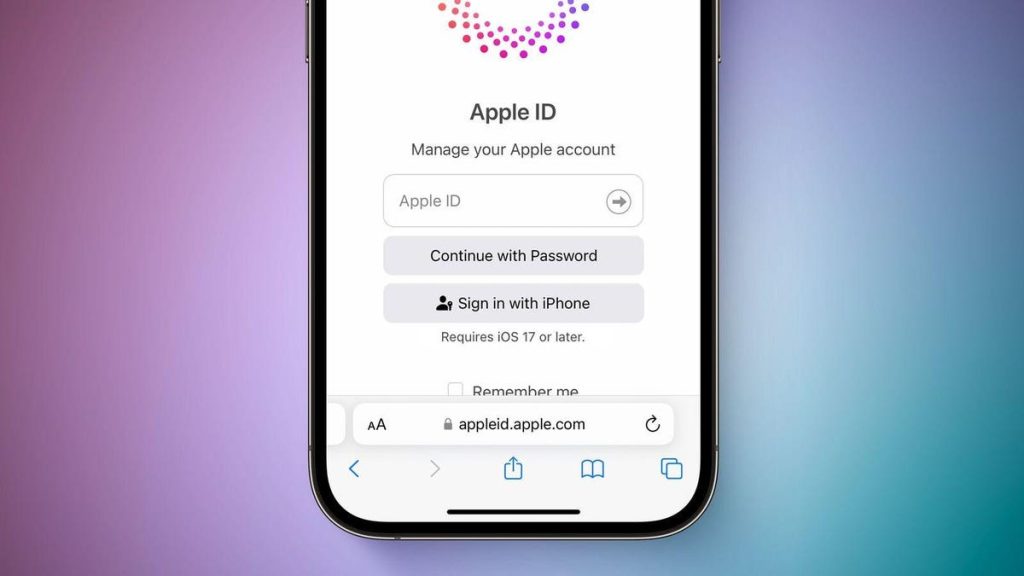As reported this week by Joe Rossignol at MacRumors and Dan Moren at Six Colors, Apple has enabled passkey support for logging into its myriad web-based properties. Available on the iCloud website, the Apple ID site, App Store Connect, and more, people can log into these portals using biometrics like Touch ID or Face ID rather than a usual password.
For now, the passkey feature is available only to those running iOS 17, iPadOS 17, and macOS Sonoma. All three are currently in beta.
As explained by Moren, when visiting any of the aforementioned sites on iOS or iPadOS, the system will prompt users to authenticate themselves with either Touch ID or Face ID in order to sign in. On the Mac side, users will see a new option called Sign in with iPhone that, when selected, will bring up a QR code. Scan that code with your iPhone and, again, the biometrics will verify your identity. Notably, Moren said in his post “I’ve confirmed that it works not only in Safari, but in Chrome.”
It’s obvious Apple is shifting to passkeys for greater security (and convenience), but it’s also very much true the shift is impactful in terms of accessibility as well. The reality is passkeys are as much de-facto accessibility feature as they are a bulwark for privacy. As I wrote in February regarding 1Password adopting the technology, entering passwords—even when enlisting the assistance of a password manager—can be an extraordinarily tedious proposition. There is a lot of mental overhead involved in getting set up with a password manager in the first place and installing any associated browser extension. Then you have the visual and motor strain and fatigue of finding the extension button in your browser’s toolbar, clicking the proper credential, and then finally logging in. All this seemingly mundane minutiae are little points of friction that, when compounded, make up a big barrier in terms of accessibility. To be sure, using 1Password or something similar is infinitely more accessible (and secure!) than manually inputting passwords, but using passkeys instead of a password manager is infinitely more accessible and secure still. Not only are they more cryptographically safe, as a practical matter, passkeys alleviate the multi-pronged pain points in actually using passwords. The benefit of passkeys here in inadvertent, insofar as they aren’t designed to be assistive technologies; nonetheless, the benefits are surely non-trivial to a disabled person. Particularly for someone like me, who has multiple disabilities, using Face ID on my iPhone is far more pleasurable than messing around with a middleman like 1Password—however good it is.
Apropos of the Apple ecosystem’s symbiotic relationship, it’s also worth mentioning the current version of tvOS (16.5) has similar functionality, whereby a user can authenticate a purchase or log in with Touch ID or Face ID. At a high level, the accessibility gains are the same as passkeys insofar as one doesn’t need to use their iPhone to type in anything.
Rossignol notes passkey support on the Apple ID site was first spotted on Twitter. All users will have access to this passkey functionality once Apple’s operating systems are officially released to the public this fall.
Read the full article here










